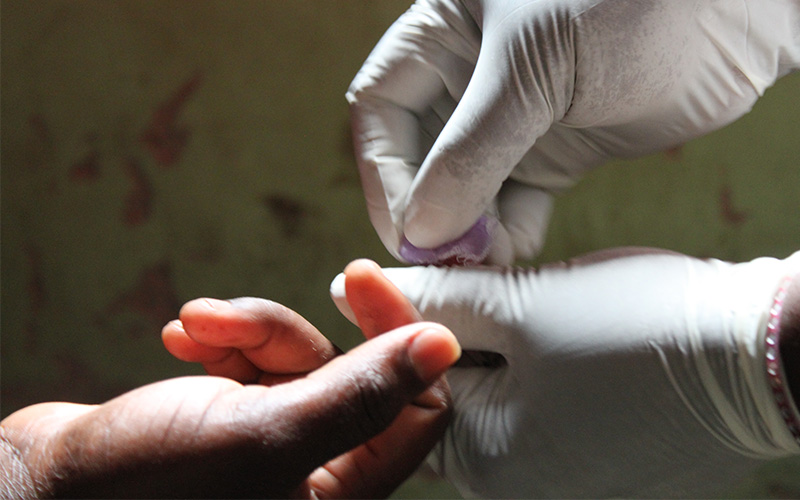
(Flickr/KUAP Pandipieri https://creativecommons.org/licenses/by-nc-sa/2.0/)
New modelling from Burnet Institute warns international funding cuts for HIV assistance could lead to 10.75 million new HIV infections and 2.93 million HIV-related deaths between 2025 and 2030.
The findings were published today in The Lancet HIV, titled: Impact of an international HIV funding crisis on HIV infections and mortality in low- and middle-income countries: a modelling study.
Five countries — the United States, United Kingdom, France, Germany and the Netherlands — provide more than 90% of global HIV funding. All have announced cuts of between 8% to 70% in international aid for 2025 and 2026, resulting in an estimated 24% reduction in international HIV funding by 2026.
The US, the world’s largest donor to HIV assistance, placed a stop work order on all HIV funding on January 20 this year, and the future of US funding for HIV remains uncertain.
The loss of the US Government's President’s Emergency Plan for AIDS Relief (PEPFAR) support, combined with other funding cuts, has the potential to reverse all progress in the global goal to end HIV/AIDS as a public health threat by 2030.
Low- and middle-income countries will be impacted most by the funding cuts, with sub-Saharan Africa and vulnerable communities being the hardest hit.
Burnet senior research officer and co-author of the paper, Dr Debra ten Brink, said the modelling estimated the number of new HIV infections and deaths from 2025 to 2030 under different funding scenarios.
“We considered alternative scenarios for reductions in international funding, including the immediate end of PEPFAR support, combined with possible mitigation through domestic funding,” she said.
“We compared HIV outcomes under these different funding scenarios, compared to a scenario where HIV funding remained at current levels.”
Global reports show 49% of HIV funding comes from international aid, with PEPFAR alone providing 54% of that support.
Burnet senior research fellow and co-author of the study, Dr Rowan Martin Hughes, said international funding for HIV had been critical in reducing HIV transmission and related deaths.
“Our modelling showed impacts were greatest in countries with a higher percentage of international funding, and where health systems had been reliant on PEPFAR funding, particularly in Mozambique, South Africa, Uganda, and Zimbabwe,” he said.
“If PEPFAR funding for HIV treatment was restored or replaced with other support, the number of extra HIV infections could drop to between 70,000 and 1.73 million. Maintaining funding for the highest priority HIV prevention and testing programs for vulnerable populations could allow for the continued progress we have seen since 2010 in reducing the global health burden of HIV.”
The study assessed impacts across 26 countries using validated epidemiological and financial data from Burnet’s Optima HIV modelling. These countries included Albania, Armenia, Azerbaijan, Belarus, Bhutan, Cambodia, Colombia, Costa Rica, Côte d'Ivoire, Dominican Republic, Eswatini, Georgia, Kazakhstan, Kenya, Kyrgyzstan, Malawi, Malaysia, Moldova, Mongolia, Mozambique, South Africa, Sri Lanka, Tajikistan, Uganda, Uzbekistan, and Zimbabwe. Results were extrapolated to low- and middle-income countries.
